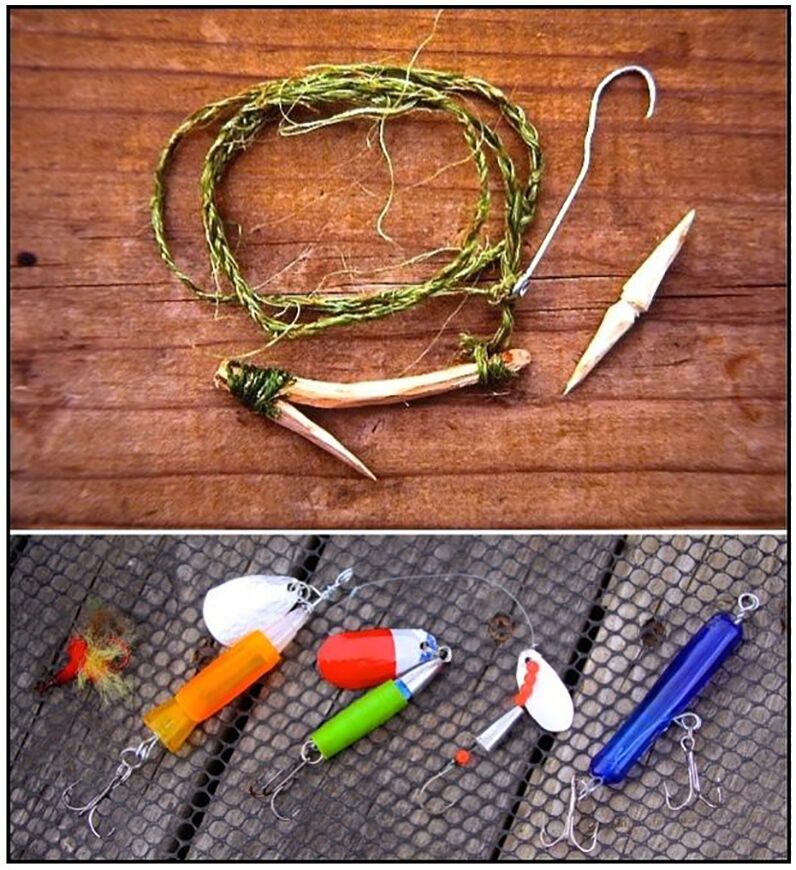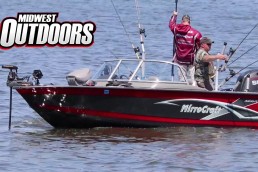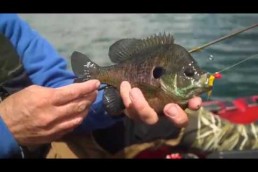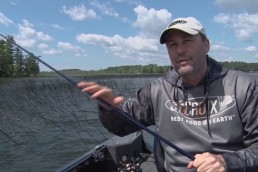SHARE THIS POST
Finding food seems to be the preeminent concern whined about by portly contestants on those reality survival shows—within just minutes after arriving at their dismal, remote drop-off point. Truth is, we humans can usually go several weeks without food. In many cases the psychological benefits of eating may be more important for its emotional effects than as a fuel source.
When it does come time to seek out sustenance, finding fish can be your best option. It’s much easier to create a lure, sharpen a spear or construct a fish trap than to fashion an intricate Rube Goldberg-like snare apparatus—and it takes less energy. For the less-skilled hunter, finding high percentage spots to set traps for rabbits or other land-based edible critters can be a significant and energy-sapping challenge.
There is a saying in coastal areas: “When the tide is out, the table is set.” Clearly a bounty of edible sea creatures is readily available within coastal, saltwater tidal pools. Freshwater streams and lakes abound with food as well.
Short of weaving a seine or gill net, three methods of securing fish are hook-and-line, spears and traps. Each requires fabricating components from materials at hand: fish line must be scavenged from lengths of line or spun or braided from fibers stripped from plant stems. Likewise, paper clips, thorns and other objects must be fashioned into hooks. Flashing spinners can also be made from materials at hand—some even to the envy of Mepps, perhaps!

Fish spears are easy to fashion, especially when using alder, willow or other straight, softwood branches. Thorns, pieces of wood or bone and twine can all be combined to provide a formidable hunting tool that can either pin down fish to the bottom or spear them outright. Such leister-like lances work can work on frogs and other land creatures, too. (A leister is a spear with three or more prongs.)
Are you enjoying this post?
You can be among the first to get the latest info on where to go, what to use and how to use it!
Fish traps are fairly easy to create. The idea is to make them easy for fish to funnel into, but hard for them to find their way out. They typically consist of either a funnel/basket or an entrapment holding area accessible by a deceiving entrance. The fish get in through the wide entrance that funnels them into the trap. Once inside, the exit for escape is not readily apparent. You can make these enclosures by lacing sticks together or by creating a corral-like entrapment area using stones, sticks and even sand or mud dikes to guide your quarry into the inescapable center.
It’s critical when devising ways to secure food, to spend less energy in gathering it than what you’ll gain if your “hunt” is successful. It’s also important to remember two things about survival food: 1) Don’t eat it if you don’t know what it is; and 2) just because it’s “edible” doesn’t mean it will taste good! MWO
Tom Watson is a former team member of Kodiak Island Search & Rescue, kayak tour operator, and author of How to Think Like a Survivor: A Guide for Wilderness Emergencies; Best Tent Camping – Minnesota; 60 Hikes Within 60 Miles Minneapolis and St. Paul; and Best Minnesota Camper Cabins. (All available on Amazon.) He’s a freelance writer and presenter on self-reliance and other outdoor topics. tomoutdoors.com.
MWO
SHARE THIS POST
Did you enjoy this post?
You can be among the first to get the latest info on where to go, what to use and how to use it!
MWO
We believe being outdoors is good. With more than 1,000 articles each year, MidWest Outdoors magazine is all about sharing outdoor experiences with you—where to go, what to use and how to use it… whether you’re close to home or on that trip of a lifetime.



